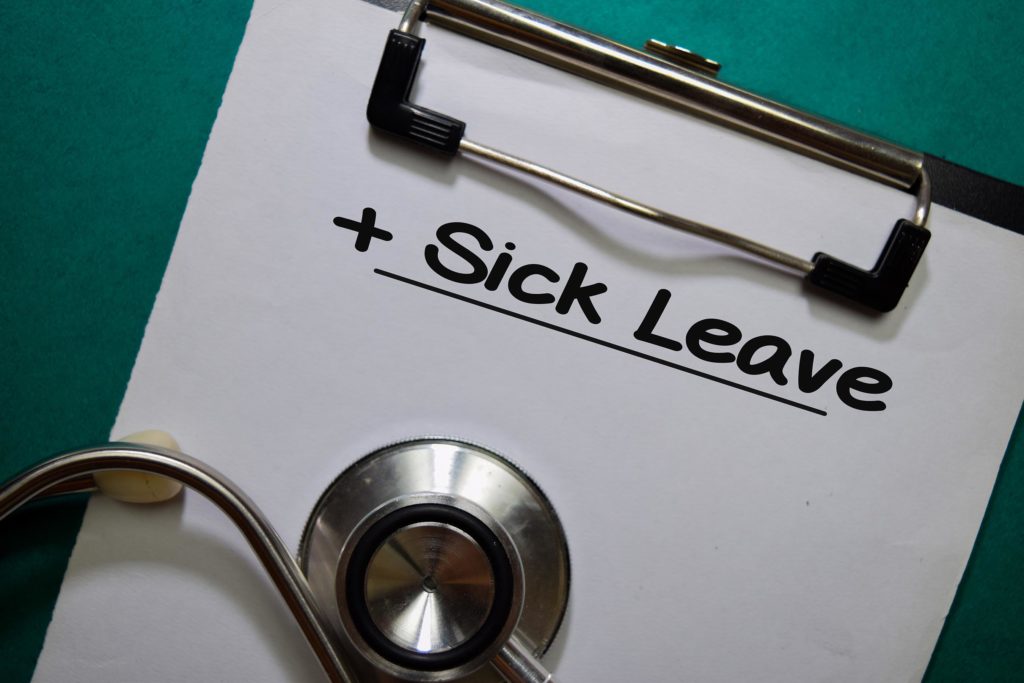News
COVID-19 Update: Department of Labor Revises FFCRA Regulations
 On September 11, 2020, the Department of Labor (“DOL”) issued significant revisions to its Families First Coronavirus Response Act (“FFCRA”) regulations. The revisions to the DOL’s temporary rule originally entered on April 1, 2020 can be found at Federal Register: Paid Leave under the Families First Coronavirus Response Act. In the revised rule, the DOL:
On September 11, 2020, the Department of Labor (“DOL”) issued significant revisions to its Families First Coronavirus Response Act (“FFCRA”) regulations. The revisions to the DOL’s temporary rule originally entered on April 1, 2020 can be found at Federal Register: Paid Leave under the Families First Coronavirus Response Act. In the revised rule, the DOL:
- Reaffirms and provides additional explanation for the requirement that employees may take FFCRA leave only if work would otherwise be available to them, meaning paid leave is only available if a qualifying reason was the “but for” cause of the employee’s inability to work (not due to closure of a worksite or business or lack of work);
- Reaffirms and provides additional explanation for the requirement that employees have employer approval to take FFCRA leave intermittently;
- Clarifies that employees must provide required documentation supporting their need for FFCRA leave to their employers as soon as practicable; and
- Corrects an inconsistency regarding when employees may be required to provide notice of a need to take expanded family and medical leave to their employers.
In addition, the revised rule substantially changes the definition of “health care providers” to include only employees who meet the definition of that term under the Family and Medical Leave Act regulations or who are employed to provide diagnostic services, preventative services, treatment services or other services that are integrated with and necessary to the provision of patient care which, if not provided, would adversely impact patient care.
Previously, the definition of “health care providers”, for FFCRA exclusion purposes, included anyone employed at any doctor’s office, hospital, health care center, clinic, postsecondary educational institution offering health care instruction, medical school, local health department or agency, nursing facility, retirement facility, nursing home, home health care provider, any facility that performs laboratory or medical testing, pharmacy, or any similar institution, employer, or entity. The DOL has now restricted this definition to:
- Any employee who is a health care provider under 29 CFR 825.102 and 825.125, which includes doctors of medicine or osteopathy, podiatrists, dentists, clinical psychologists, optometrists, and chiropractors (limited to treatment consisting of manual manipulation of the spine to correct a subluxation as demonstrated by X-ray to exist), nurse practitioners, nurse-midwives, clinical social workers, and physician assistants;
- Nurse, nurse assistants, medical technicians or any other person who directly provides health care services, meaning the person is employed to provide diagnostic services, preventative services, treatment services, or other services integrated with and necessary to the provision of patient care (including bathing, dressing, handfeeding, taking vital signs, setting up medical equipment for procedures, and transporting patient samples) and, if not provided, would adversely impact patient care; or
- Any other employee who is otherwise integrated into and necessary to the provision of health care services, such as laboratory technicians who process necessary diagnostic test results or employees who assist in the performance of x-rays.
Employees who do not fall into one of these three categories are not “health care providers” and cannot be excluded from receiving paid leave benefits of the FFCRA. More specifically, the exclusion does not extend to employees who “provide services that affect, but are not integrated into, the provision of patient care”. Tasks that merely indirectly relate to patient care and are not necessary to providing care are not health services. Specific examples of employees who generally are not health care providers include, but are not limited to:
- IT professionals,
- Building maintenance staff,
- Human resources personnel,
- Records managers,
- Consultants, and
- Billers.
Finally, with regards to intermittent leave, the DOL has taken the position that the employer approval requirement for intermittent leave does not apply to “employees who take FFCRA leave in full-day increments to care for their children whose schools are operating on an alternate day (or other hybrid-attendance) basis because such leave would not be intermittent under § 826.50” as “each day of school closure constitutes a separate reason for FFCRA leave that ends when the school opens the next day”. Conversely, employer approval for intermittent leave would apply when the school is closed for some period, and the employee wishes to take leave only for certain portions of that period for reasons other than the school’s in-person instruction schedule.
These revisions become effective on Wednesday, September 16, 2020. The DOL announcement can be found at News Release: U.S. Department of Labor Revises Regulations to Clarify Paid Leave Requirements under the Families First Coronavirus Response Act.
The Department of Labor also provides a Quick Benefits Tip From DOL and a Families First Coronavirus Response Act: Questions and Answers guide to assist employers with understanding the paid leave requirements under the FFCRA and other frequently asked questions. Please contact us if you need additional counsel as you interpret your compliance obligations under these regulations.
THIS ARTICLE IS PROVIDED FOR INFORMATIONAL PURPOSES ONLY AND SHOULD NOT BE CONSIDERED LEGAL ADVICE. LEGAL ADVICE CANNOT BE GIVEN WITHOUT INFORMATION ABOUT YOUR SPECIFIC SITUATION.

